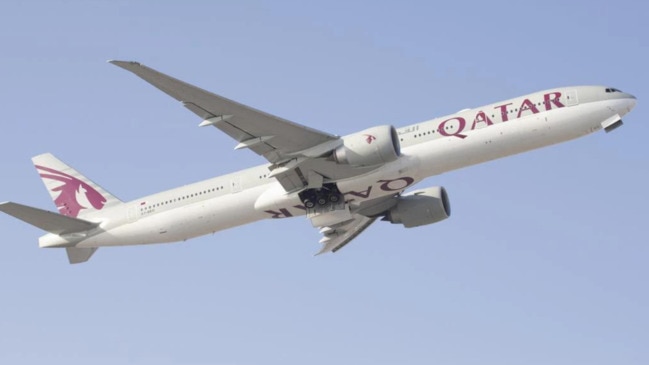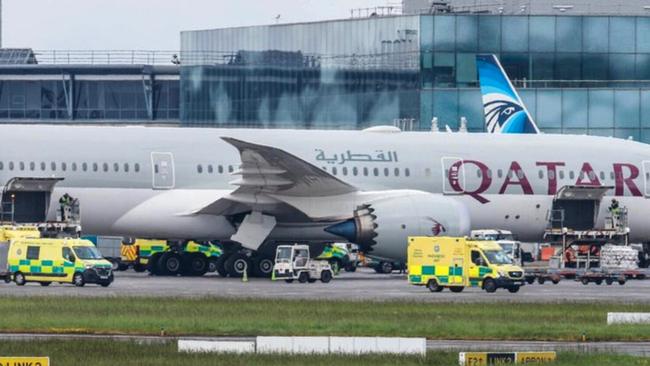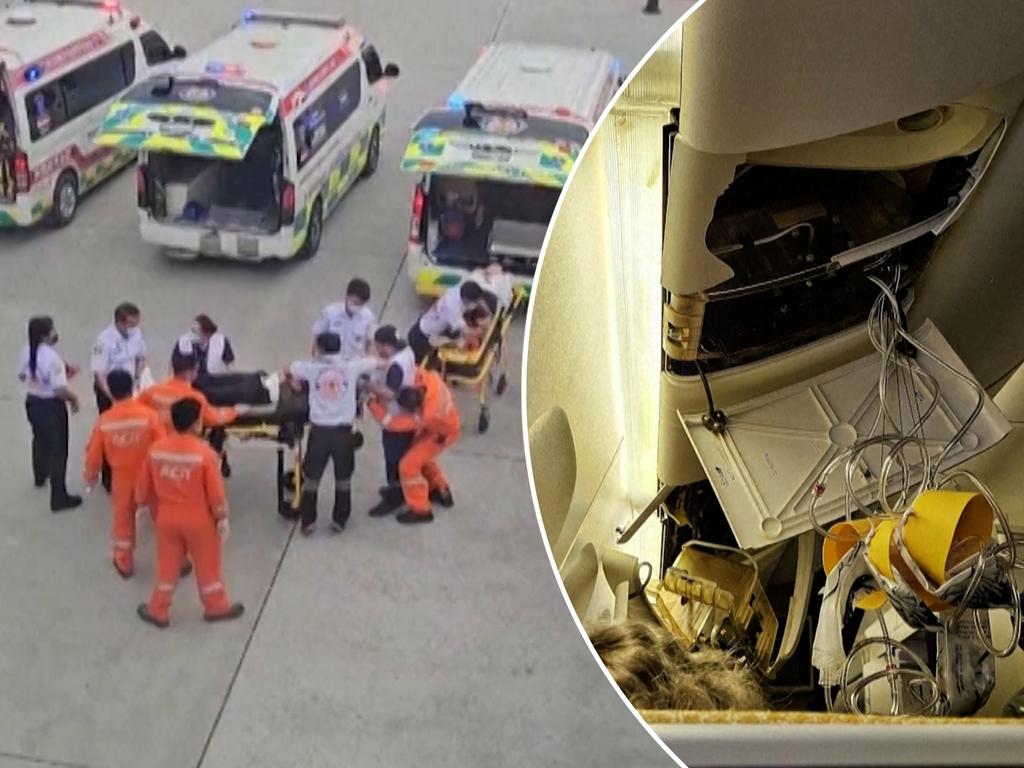How technology would help alert pilots to deadly clear air turbulence
Technology capable of detecting the movement of dust particles at high altitudes could help pilots avoid clear air turbulence.

Technology capable of detecting the movement of dust particles at high altitude could help solve the problem of clear air turbulence for airlines.
US aviation safety expert John Cox said research was underway into the use of long-range light detection and ranging technology, to provide real time data to pilots about clear air turbulence.
Caused by the meeting of air masses moving at different speeds within jet streams, clear air turbulence cannot be detected on traditional radar because it does not involve moisture.
In an effort to overcome the problem, LIDAR technology was being explored to provide early warning to pilots of clear air turbulence.
Boeing was collaborating with the Japan Aerospace Exploration Agency on the issue, and studies have also been undertaken in France and China.
A French research paper suggested the technology needed further development to be effective, and the Chinese study also identified some limitations in the detection range.
In the absence of relevant technology, pilots relied on algorithms to predict turbulence, which had proved “far from perfect”, Captain Cox said.
There was also a reliance on reports of “chop” or turbulence from pilots of other flights.
“When a flight reports turbulence, other pilots on that frequency will ask the location and altitude of the reporting aircraft so they can fly at a different altitude or route around that area,” said Captain Cox.
Interest in the developing technology has been heightened by two episodes of severe turbulence on international airline flights in the space of a week.
Ten Australians were among 34 passengers from Singapore Airlines’ flight SQ321 who remained in Bangkok hospitals seven days after being injured about ten hours into the flight from London.
More than 100 people were injured in total, and one man died after the terrifying episode over Myanmar, prompting the diversion to Bangkok.

On Sunday, a Qatar Airways flight from Doha to Dublin also experienced severe turbulence, resulting in injuries to 12 passengers and crew.
Despite the episode about two hours into the trip, the flight crew opted to continue on to Ireland.
In the Singapore Airline’s incident, thunderstorm activity in the vicinity of the flight path was thought to have produced the violent up-down motion of the aircraft.
Clear air turbulence was considered more likely to be the culprit in the Qatar Airways’ incident, with passengers reporting they were given no warning of the sudden movement.
Australian Transport Safety Bureau data showed 220 turbulence-related occurrences resulted in minor injuries to 313 injuries to passengers and crew in the past decade.
There was no evidence that turbulence was becoming more common, with only two incidents reported to the ATSB in 2024.
Since last week’s tragic episode, Singapore Airlines has directed cabin crew to stow carts and cease any meal or drinks service when seatbelt signs are illuminated.
Qantas and Virgin Australia have long had the same policy, to limit the risk of injury to cabin crew.
Captain Cox said keeping seatbelts “loosely fastened” remained the best way for passengers to avoid injury during turbulence.
“Injuries occur when people are thrown up to the ceiling and then forced down. The G forces go from normal to negative G to positive G,” he said.
“Having serving carts in the aisle when encountering turbulence can also cause injuries. The carts are quite heavy and when they come down they can do damage to feet, toes, legs, hands or fingers.”
The issue was expected to be tackled at next month’s International Air Transport Association annual general meeting in Dubai, with turbulence now considered the leading cause of injury in the airline industry.






